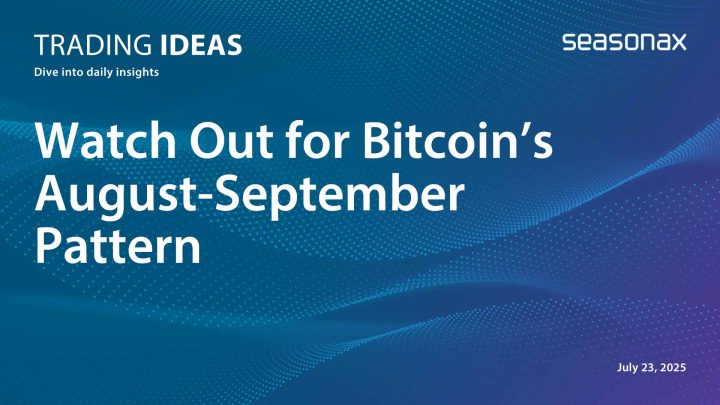
Bitcoin: Summer Pullback Incoming – Dip Buying Opportunity Ahead?
Bitcoin’s late summer performance has historically been weak, with an average return of –0.21% and only a 30% win rate from August 2 to October 1 over the past 10 years. Even in strong years, this period tends to bring volatility or consolidation. As Bitcoin trades above $120,000, a seasonal pullback may offer a strategic dip-buying opportunity.









